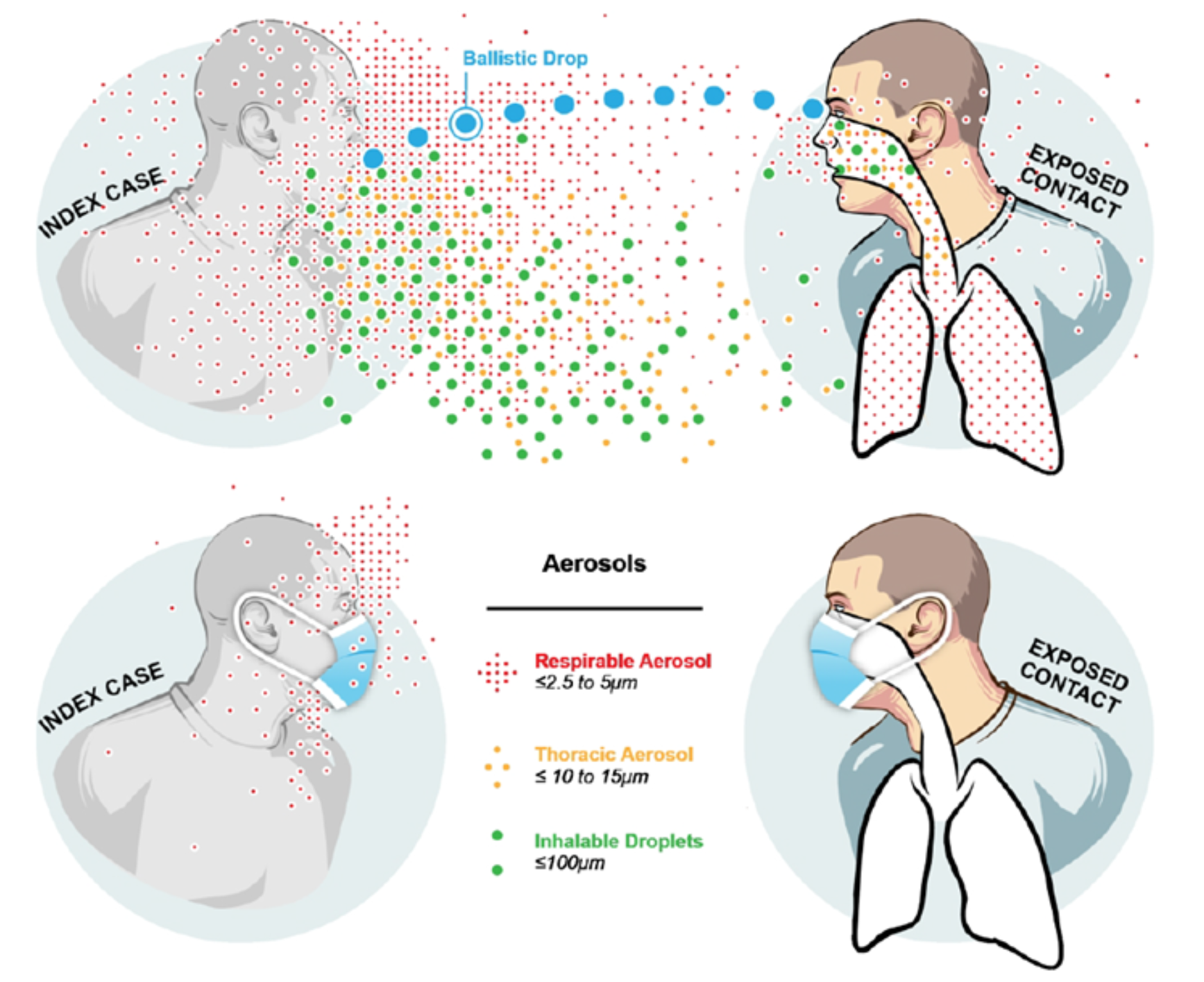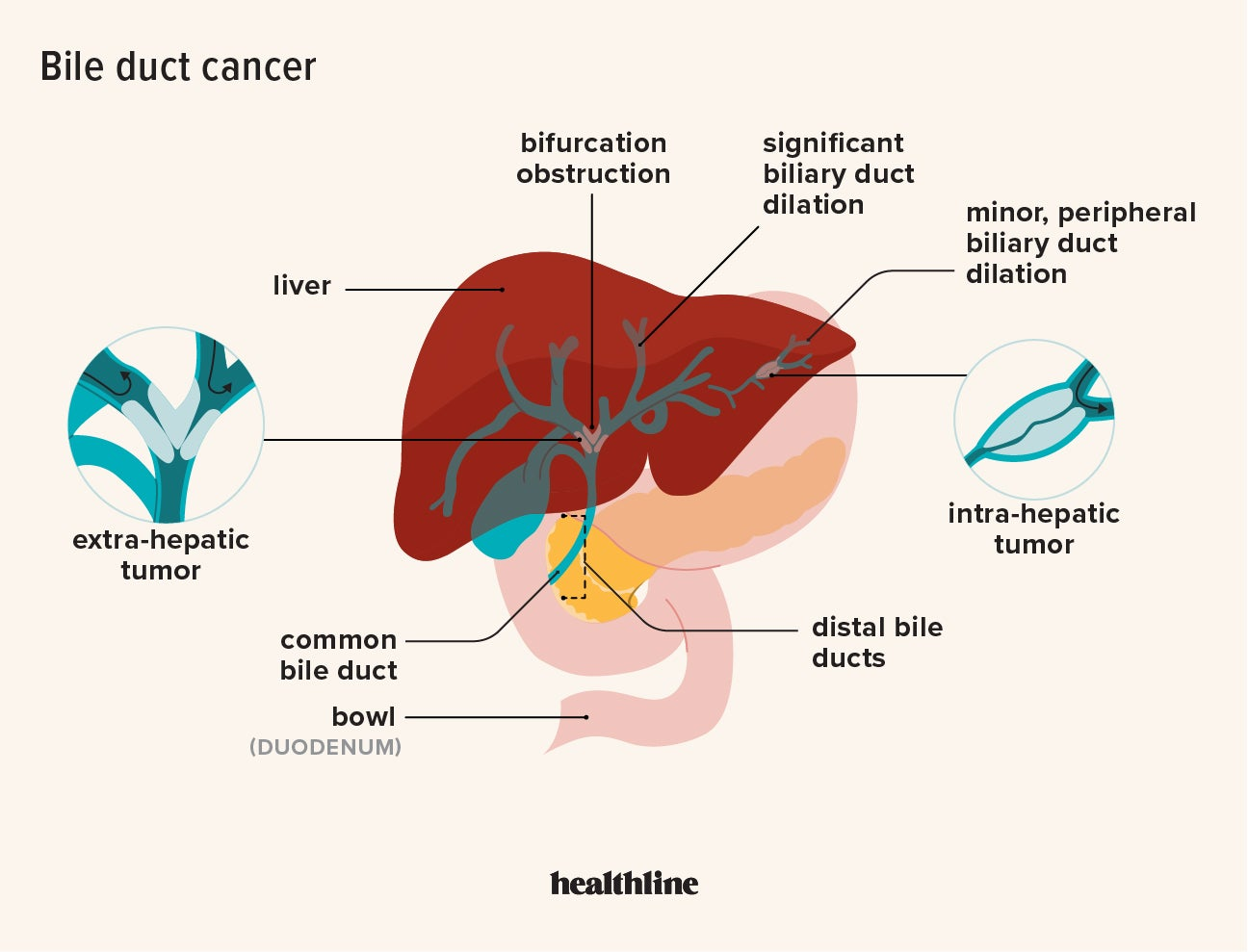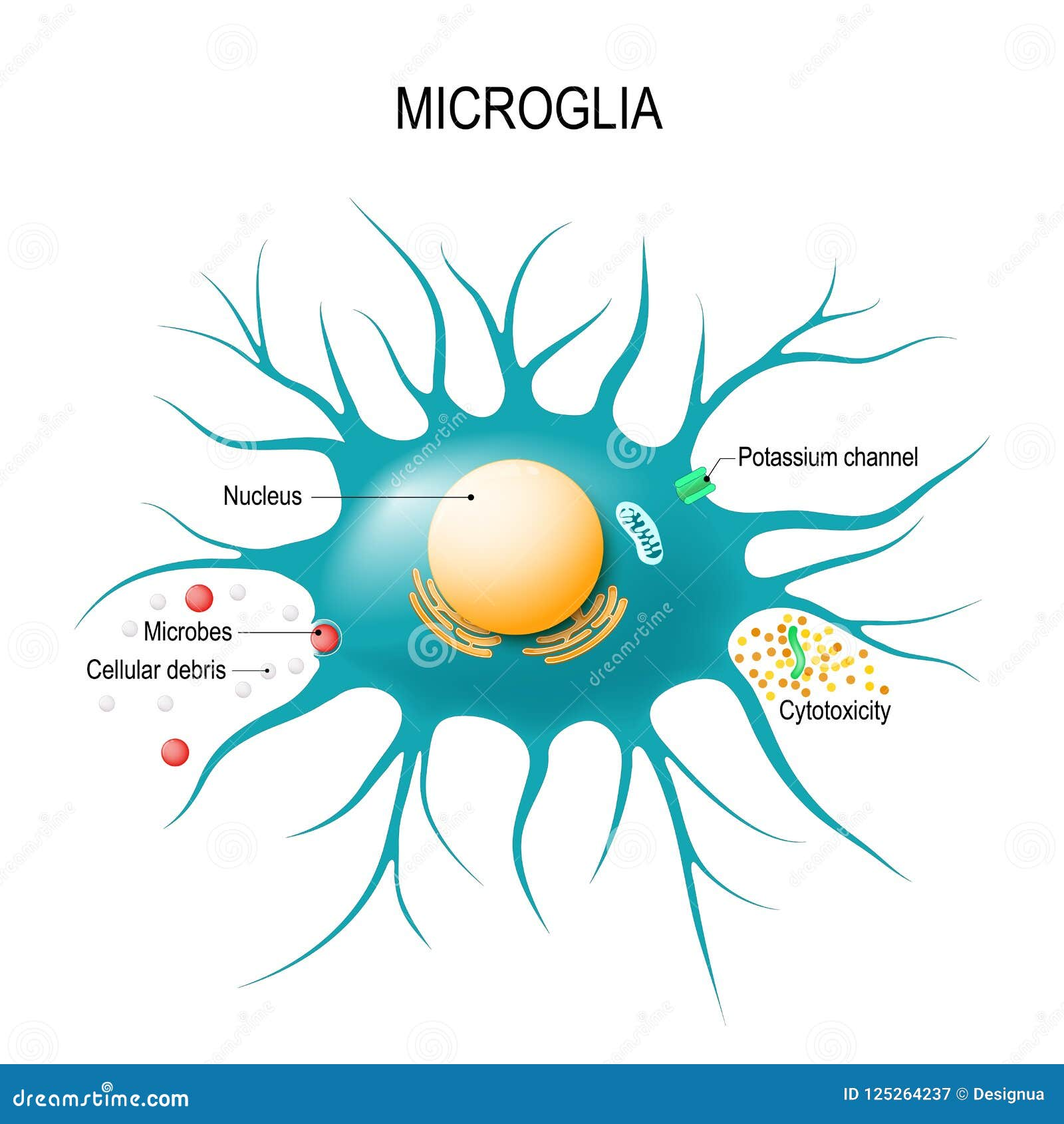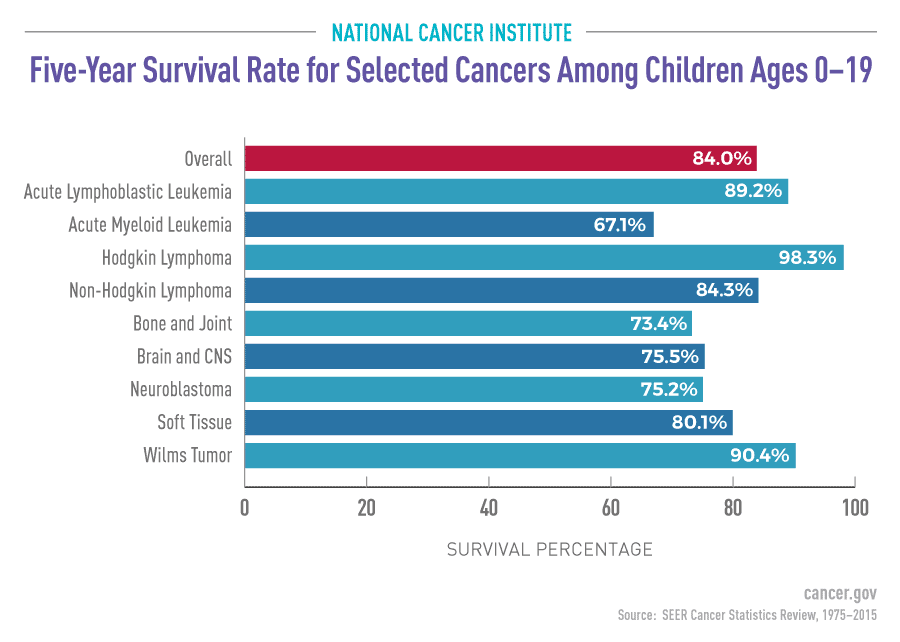
Airborne disease control is a critical aspect of public health that has evolved significantly through history. The acknowledgment of airborne pathogens as responsible for various disease outbreaks has reshaped our understanding of infection transmission. Pioneers like William Firth Wells contributed immensely to this field by exploring how germs can travel through the air, although their findings faced initial skepticism rooted in the prevailing germ theory. Carl Zimmer, in his insightful discussions, highlights how the scientific journey surrounding airborne diseases was often hampered by underappreciation of its early researchers. Thus, the fight against airborne diseases is not just a matter of science but also of overcoming social and historical hurdles.
The management of diseases transmitted through the air, often referred to as airborne infection control, is an essential journey in the realms of health sciences. Numerous studies have identified how pathogens in the atmosphere can lead to significant public health challenges, particularly during widespread disease outbreaks. As experts like Carl Zimmer and William Firth Wells have shown, understanding the mechanisms of airborne disease transmission has been critical in reshaping prevention strategies. By recognizing the impact of airborne germs, we can implement more effective measures to protect communities against respiratory illnesses. This topic emphasizes the need for ongoing research and awareness in public health to mitigate risks associated with airborne pathogens.
Understanding Airborne Diseases
Airborne diseases are illnesses caused by pathogens that can be transmitted through the air, infecting individuals who inhale contaminated air. The emergence of the germ theory in the 19th century opened the scientific world to the potential of airborne pathogens, fundamentally changing how we understand disease transmission. Prior to this, the dominant belief was rooted in the concept of miasmas, which posited that disease was caused by ‘bad air.’ However, with groundbreaking research by scientists like Carl Zimmer and Louis Pasteur, it became increasingly clear that tiny microorganisms could be the culprits behind many outbreaks, radically shifting public health strategies.
As discussions around airborne disease control gain traction, it’s crucial to learn from historical figures such as William Firth Wells, whose work was initially undervalued due to his interpersonal challenges. Despite these setbacks, Wells paved the way for modern airborne infection studies with his innovative research. His experiments using a centrifuge to sample the air highlighted the connection between human exhalations and microbial transmission, a discovery that was years ahead of its time.
The Legacy of William Firth Wells
William Firth Wells may not be a household name, but his contributions to the field of airborne disease control cannot be overstated. His research into how airborne pathogens spread diseases, coupled with his development of infection chambers, provided vital insights into controlling outbreaks of airborne illnesses. Despite having faced prejudice because of his personality, which restricted funding and collaboration opportunities, Wells’ discoveries significantly advanced our understanding of airborne infections.
Moreover, Wells’ conviction that ultraviolet light could be utilized to neutralize airborne pathogens was revolutionary. This concept has reverberated through to today’s approaches in infection control, particularly in settings like hospitals and schools where limiting the spread of infectious diseases is paramount. His resilience in the face of career setbacks exemplifies the important, though often underappreciated, role that individual researchers play in the evolution of medical science.
Importance of Public Perception in Science
The social dynamics of scientific discovery can greatly influence public perception and acceptance of new ideas. In contexts like those presented by Carl Zimmer, it’s evident that a scientist’s personality can inadvertently affect their visibility and the recognition of their work. For instance, Wells’ struggles at Harvard and later at the University of Pennsylvania provide a critical case study in how personal characteristics can impact the sharing and acceptance of groundbreaking scientific ideas about airborne pathogens.
Additionally, effective communication is a cornerstone of scientific advancement. As Zimmer argues, the challenges faced by Wells underscore the necessity for scientists to not only make discoveries but also to convey their importance effectively to the public and the academic community. The impact of a researcher’s character and communication style is significant, especially in fields that impact public health, where acceptance of innovative disease control methods is essential for progress.
The Role of Germ Theory in Airborne Disease Control
The germ theory of disease revolutionized medical science and laid the groundwork for our modern understanding of infection transmission, particularly for airborne diseases. Notably, this theory has helped debunk age-old misconceptions about miasmas and highlighted the criticality of looking at airborne pathogens as significant agents of disease outbreaks. As this theory gained traction, it facilitated a paradigm shift, allowing health authorities to devise effective strategies for airborne disease control.
Even today, the principles established by germ theory underpin many public health initiatives aimed at managing airborne pathogens, particularly in the wake of pandemics. By recognizing the importance of pathogen transmission via the air, health organizations can implement targeted interventions, such as improving ventilation systems and deploying UV light sterilization, effectively reducing the risk of airborne diseases. The impact of germ theory remains profound, influencing both historical understanding and contemporary practices in health care.
Modern Implications for Airborne Disease Research
The resurgence of interest in airborne pathogens in light of recent global health crises emphasizes the need for continued research and comprehension of airborne disease control. Scientists like Carl Zimmer, who illuminate the history and implications of airborne disease research, foster a deeper understanding of how past insights can guide modern practices in public health. Furthermore, as seen in the case of Wells, the importance of collaboration and support within the scientific community cannot be overstated.
Currently, the fight against airborne diseases incorporates lessons from historical figures whilst also adapting to the realities of a modernized world. As researchers engage in innovative studies, they must balance advancements in technology with comprehensive public education on airborne disease transmission. An informed public can significantly enhance the efficacy of measures aimed at airborne disease control, supporting broader health outcomes.
The Future of Airborne Pathogens Research
Looking forward, the path of airborne pathogens research remains both promising and challenging. As our understanding evolves, researchers must build on past experiences to address contemporary issues surrounding airborne transmission. Innovations in technology, such as advanced air quality monitoring and purification systems, are emerging as crucial tools to help control the spread of airborne diseases, inspired by conclusions drawn from historical research.
However, the foundation laid by past researchers like Wells serves as a reminder that the fight against airborne pathogens is complicated not only by the science itself but also by the varied human factors involved in scientific communication and collaboration. Lessons about the importance of personality, public perception, and effective dissemination of knowledge must continue to inform how we approach the future of airborne disease control.
Educational Strategies for Public Awareness
Education plays a vital role in fostering public awareness about airborne diseases and their control. By disseminating accurate information regarding how airborne pathogens operate, the public can take proactive measures to reduce their risk of infection. Educational strategies must be multifaceted, employing various platforms and approaches to reach diverse audiences effectively. This includes integrating lessons about germ theory and historical perspectives on figures like Wells into mainstream public health education.
Engagement strategies might involve community workshops, informative online resources, and interactive educational materials that emphasize the significance of airborne disease control. As public awareness grows, so does the community’s ability to collaborate with health authorities in implementing protective measures. Such initiatives not only empower individuals with knowledge but also encourage collective responsibility in combating airborne diseases.
Challenges in Airborne Disease Research
Despite advancements in our understanding of airborne diseases, significant challenges remain in research and application. Funding constraints, bureaucratic hurdles, and the relatively slow adoption of new findings often impede progress. Moreover, the integration of personality aspects in research teams can affect collaboration and the overall effectiveness of scientific inquiry. It is crucial for modern scientists to recognize and overcome these barriers to realize advancements in airborne disease research.
As seen in the historical context of William Firth Wells, personal dynamics can stall the progression of significant discoveries. This calls for a more nurturing academic environment that fosters collaboration and values diverse personalities and communication styles within research teams. Only by addressing these challenges can scientific methods truly evolve, leading to effective airborne disease control mechanisms that are essential for public health.
Innovative Technologies for Airborne Disease Prevention
In recent years, innovative technologies have emerged to combat airborne diseases effectively. Tools such as HEPA filters, UV light sanitation systems, and ionization technologies are at the forefront of airborne pathogen control. These advancements allow healthcare settings and public spaces to significantly reduce the levels of infectious aerosols in the air, thus preventing disease outbreaks. Understanding and implementing these technologies based on historical research findings is critical in shaping modern health strategies.
Furthermore, the use of data analytics and modeling can help predict and respond to potential airborne disease outbreaks more effectively. By leveraging historical data, researchers can better understand pathogen behaviors and transmission patterns, allowing for timely public health interventions. The integration of these technologies, combined with the foundational teachings of germ theory and the lessons learned from pioneers like Wells, is essential in creating robust systems for controlling airborne diseases.
Frequently Asked Questions
What are effective methods of airborne disease control?
Airborne disease control involves various strategies to mitigate the spread of airborne pathogens. Common methods include ensuring proper ventilation in indoor spaces, utilizing HEPA filters, implementing UV light sanitation, and enforcing mandatory mask policies during outbreaks. Public health measures like vaccination campaigns and educating the public on hygiene practices also play a crucial role in controlling airborne diseases.
How did William Firth Wells contribute to airborne disease control?
William Firth Wells made significant contributions to airborne disease control through his pioneering research on airborne pathogens. His experiments demonstrated that diseases could be transmitted via the air and that ultraviolet light could effectively kill these pathogens. Despite facing challenges due to his personality, Wells laid critical groundwork in understanding the dynamics of airborne diseases and their control.
What is the impact of germ theory on airborne disease control?
The germ theory of disease revolutionized our understanding of how pathogens, including airborne pathogens, cause illness. This theory laid the foundation for modern public health practices and airborne disease control strategies, emphasizing the need for sanitation, ventilation, and the use of protective measures like masks to prevent the spread of diseases transmitted through the air.
Why is public awareness crucial for airborne disease control?
Public awareness is vital for airborne disease control as it empowers individuals to adopt preventive measures against transmission. Understanding how airborne pathogens spread helps foster behavior changes such as wearing masks, improving ventilation in homes and workplaces, and seeking vaccinations, all of which are essential in managing disease outbreaks effectively.
What historical challenges have impacted airborne disease control practices?
Historical challenges impacting airborne disease control practices include the initial skepticism surrounding the germ theory and the misconception that diseases were caused solely by miasmas. Additionally, the personalities of key researchers, such as William Firth Wells, sometimes hindered the acceptance and implementation of airborne disease control measures, delaying advancements in public health response.
What role do ventilation systems play in airborne disease control?
Ventilation systems play a crucial role in airborne disease control by ensuring a continuous flow of fresh air and reducing the concentration of airborne pathogens in indoor environments. Properly designed ventilation systems, especially those equipped with high-efficiency particulate air (HEPA) filters, can significantly lower the risk of disease transmission and enhance overall air quality.
How can ultraviolet light be used in airborne disease control?
Ultraviolet (UV) light can be effectively used in airborne disease control by inactivating airborne pathogens present in the air. UV-C radiation, which is germicidal, can be incorporated into air circulation systems or used in standalone units to sanitize the air, thereby reducing the risk of airborne diseases transmission in public settings and healthcare facilities.
| Key Points | Details |
|---|---|
| Airborne Disease Control | Carl Zimmer discusses the impact of personality on the acceptance of airborne disease research. |
| Influential Figures | William Firth Wells was a pivotal figure, whose research faced setbacks due to his personality. |
| Historical Context | Hippocrates first proposed bad air (‘miasmas’) carrying disease, later overshadowed by germ theory. |
| Scientific Contributions | Wells conducted air sampling experiments proving airborne pathogens exist and can be controlled. |
| Challenges Faced | Wells’ unpleasant personality led to conflicts that hindered his research and career progression. |
| Legacy and Future | Despite contributions, the importance of personalities in advancing science remains a concern for the future. |
Summary
Airborne disease control is significantly influenced by the personalities of key researchers in the field. Carl Zimmer discusses how William Firth Wells, a prominent figure in the study of airborne pathogens, faced numerous challenges due to his awkward demeanor, which ultimately hindered the acceptance and progress of his groundbreaking research. Despite his contributions demonstrating that pathogens can be transmitted through the air, Wells’ career was marred by conflicts and misunderstandings. This highlights the critical role that personality plays in scientific advancement and the ongoing need to promote supportive environments for researchers in the pursuit of public health.





